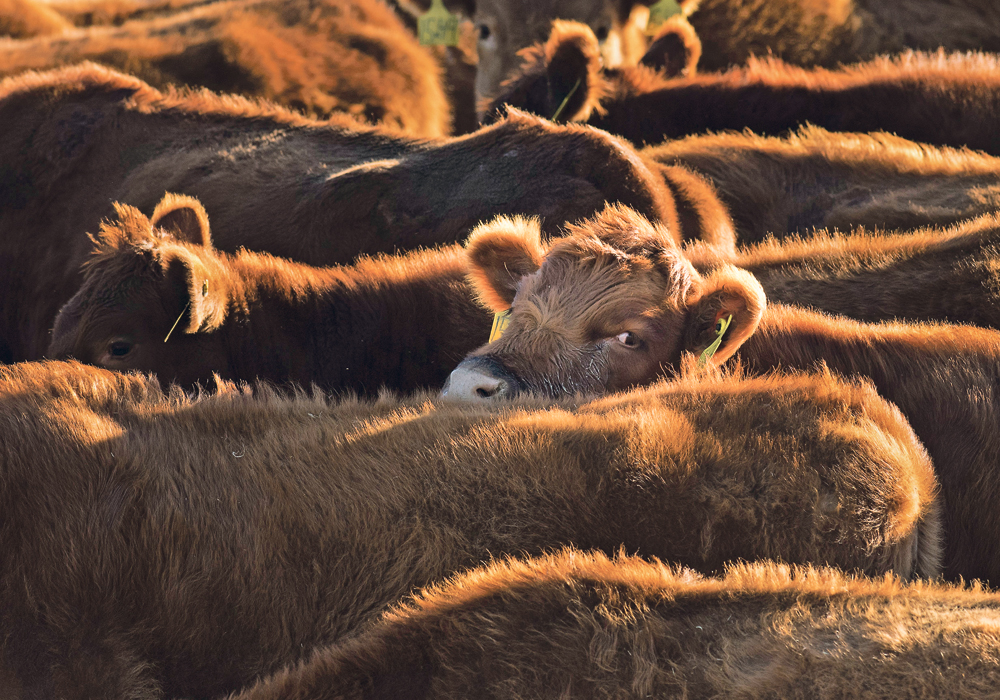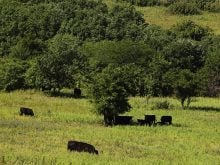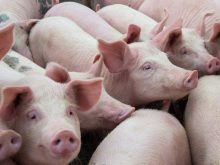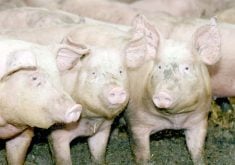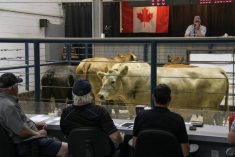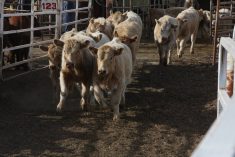Cow marketings are up 16 percent in Canada this year, which puts the beef cow culling rate at liquidation levels
Higher than normal numbers of cows and heifers have gone to market this fall, dashing any hopes of growth in the beef herd for another year.
Getting rid of females at a time of limited feed supplies because of severe drought and reasonable market prices was the best option for many.
“Watching the yearling run, I would guess in central Alberta and southern Alberta we have put 7,000 to 10,000 head of exposed heifers into feedyards, given the dry pasture conditions,” Canfax market analyst Dallas Rodger said during the recent Alberta Beef Producers annual meeting.
Read Also
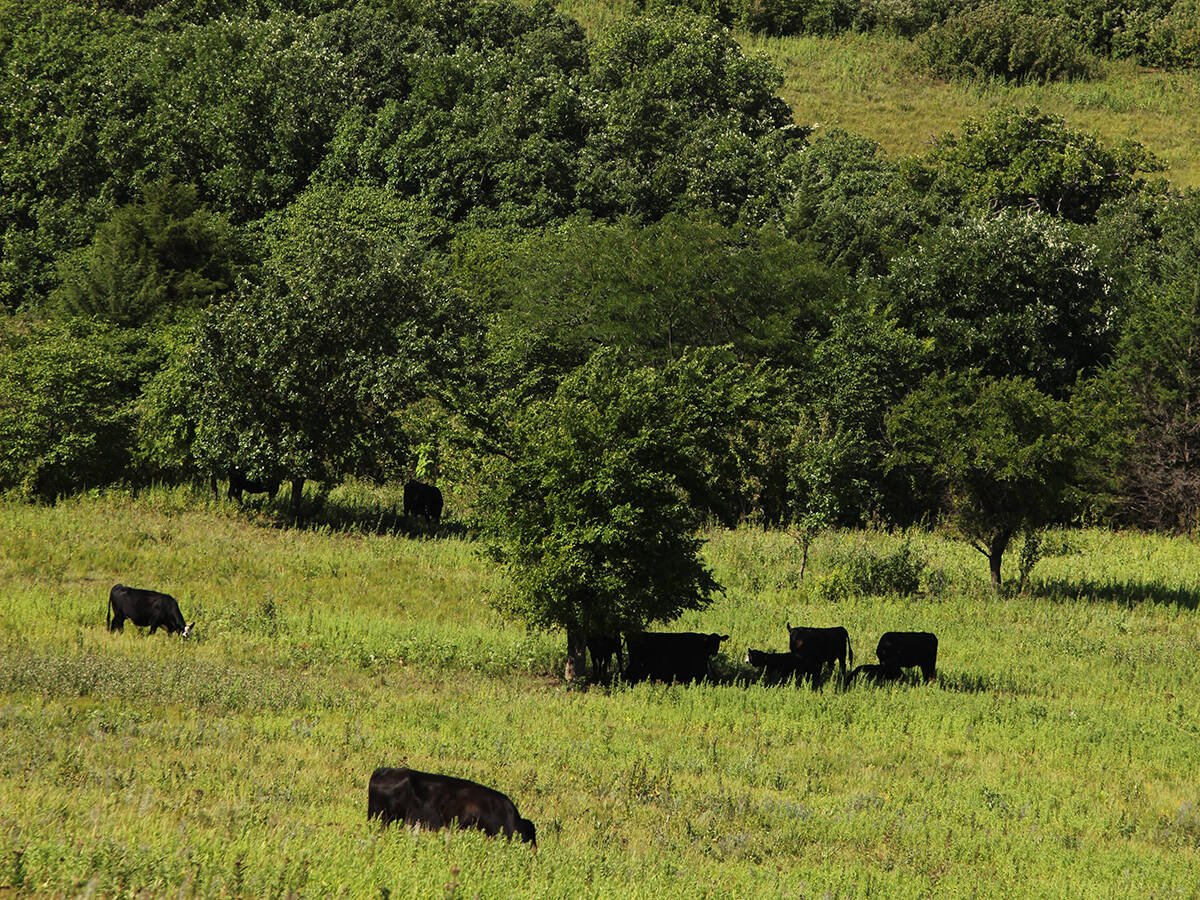
Beef cattle more prone to trace mineral deficiencies
The trace mineral status of our cows and calves is a significant challenge for western Canadian producers and veterinarians.
“Guys took advantage of the money that was there.”
Heifer retention is not happening even when positive market signals suggested expansion was a good idea. The heifer slaughter ratio is up slightly from last year, but it is not out of the norm, said research analyst Brenna Grant of Canfax.
“Producers have been marketing heifers all along. We basically have heifers where they have been for the last few years.”she said.
Alberta D2 cow prices have traded below $80 per hundredweight this fall, the lowest level since 2013.
“Our cow marketings across Canada are up 16 percent in 2018, and that puts our beef cow culling rate at just under 14 percent, which is back at liquidation levels,” said Grant.
The cow culling rate for the last few years was around 11 percent.
For the most part cows are going direct to slaughter, which is up 14 percent over last year this time. Year to date, western slaughter is 13 percent higher than last year at 371,155 head.
Eastern Canada is up 16 percent, killing 105,433.
Non-fed prices were steady for the week ending Dec. 7, but a large cow slaughter was expected in subsequent weeks.
Alberta cull cow prices may be under pressure, but they are better than what has been paid in the United States. Since 2015, cow prices have mostly been at a premium to the U.S., and over the last three years prices have averaged a $10 per cwt. premium.
At the beginning of December, the American analysis firm Cattlefax reported the lowest utility cow prices since 2009.
The trim market is also trending downward.
“We have had a really strong demand for grind, but we have seen 85 percent lean prices soften,” Grant said.
The 85 percent trim dropped to $213 per cwt. at the beginning of November. Mid-November it went to $222 per cwt., the highest trim prices since late September.
Trim prices seasonally hit bottom in fall or early winter before improving in the first quarter of the year.


